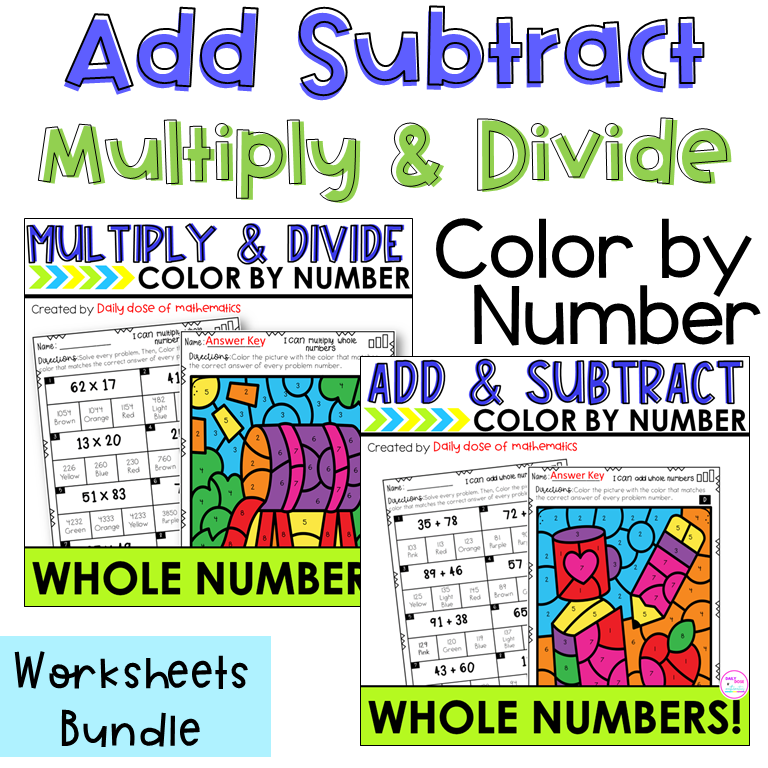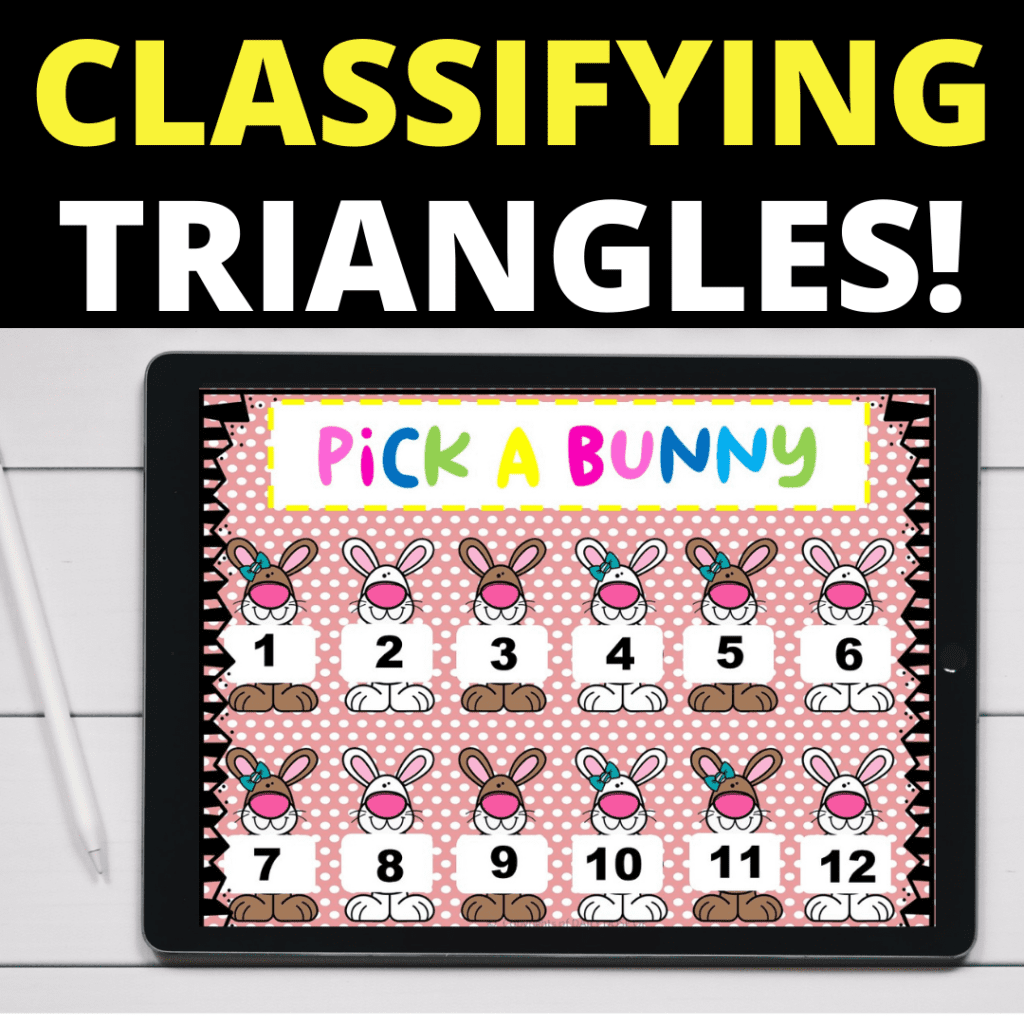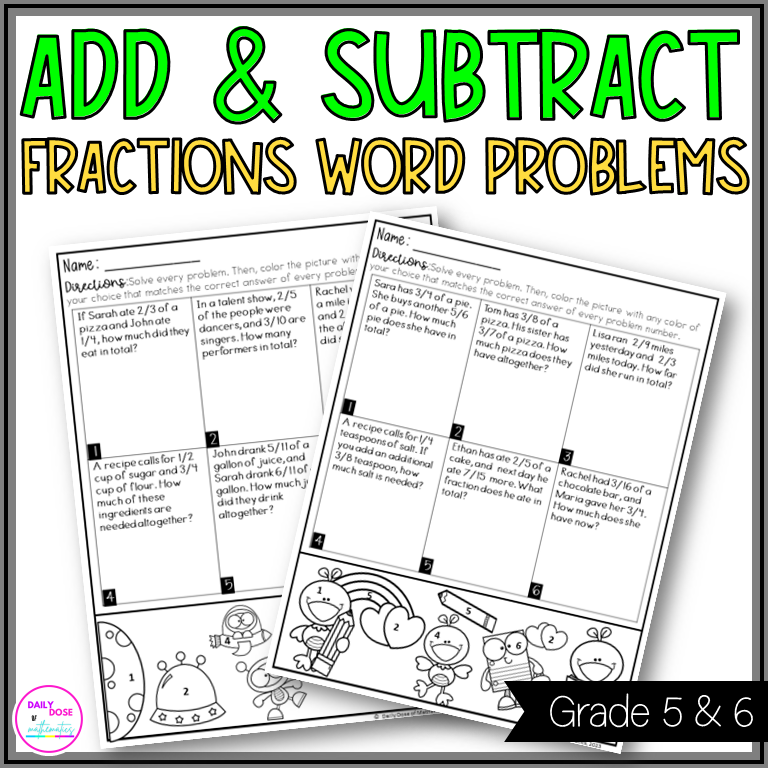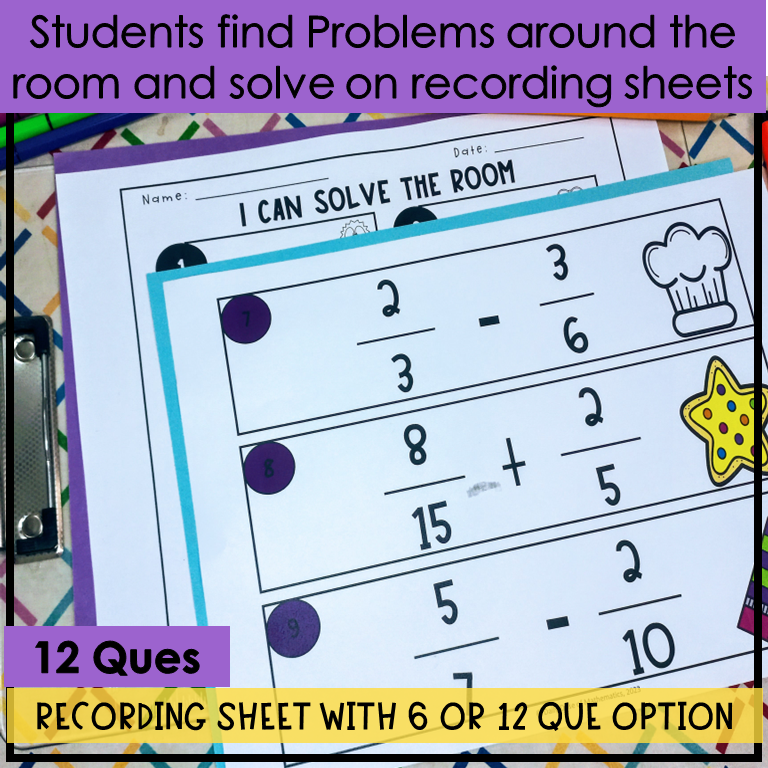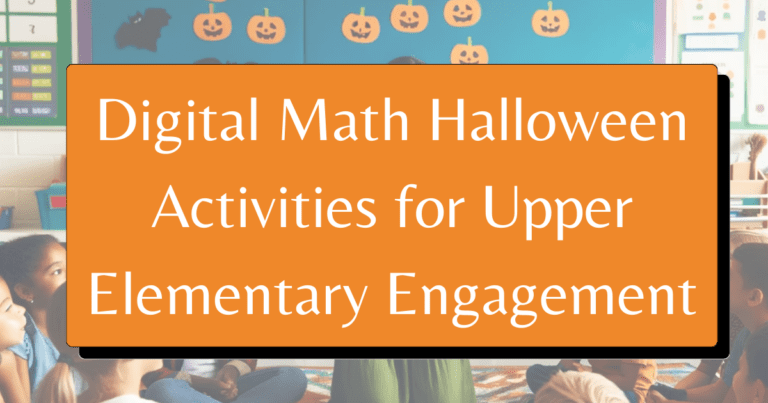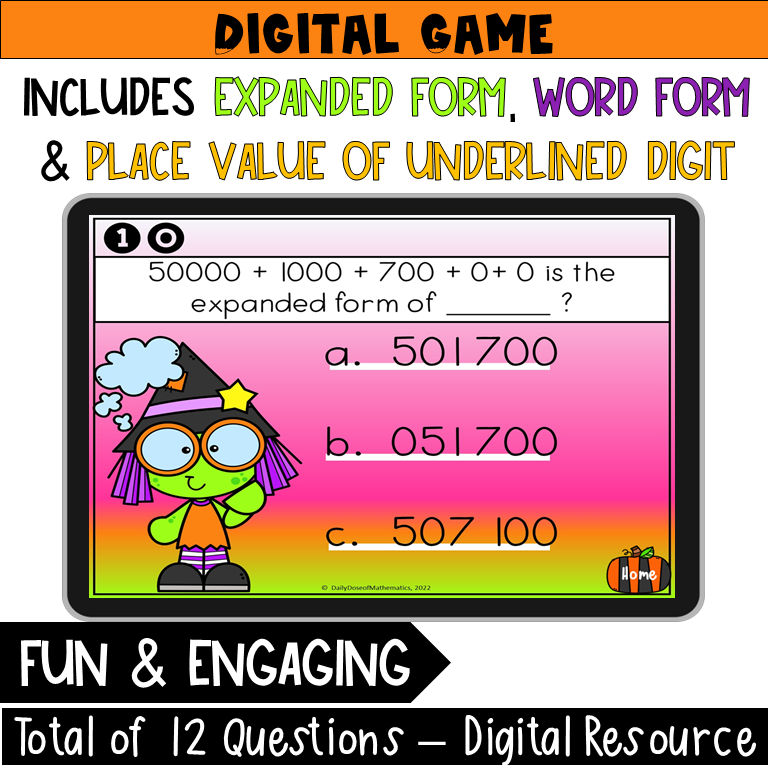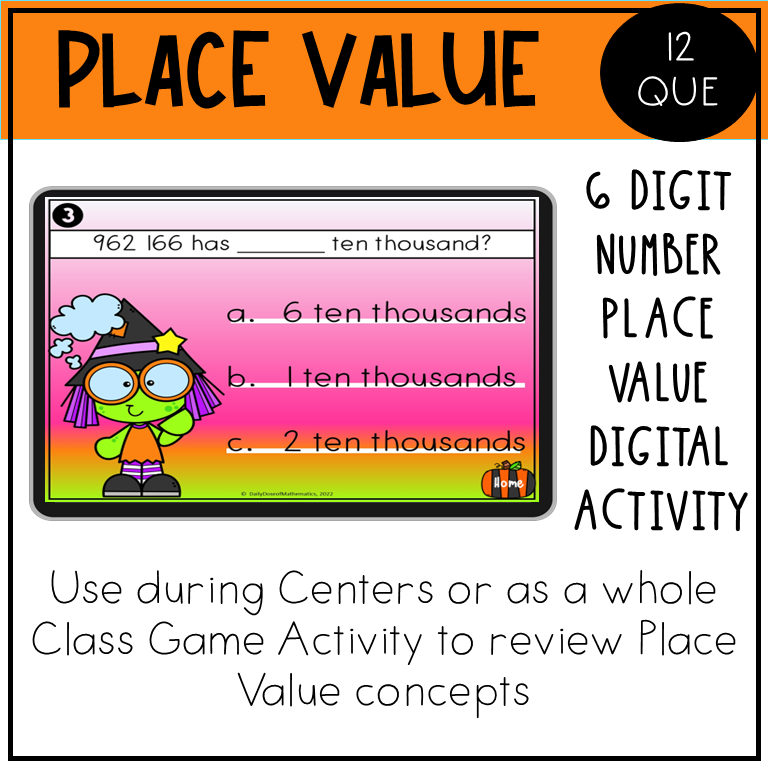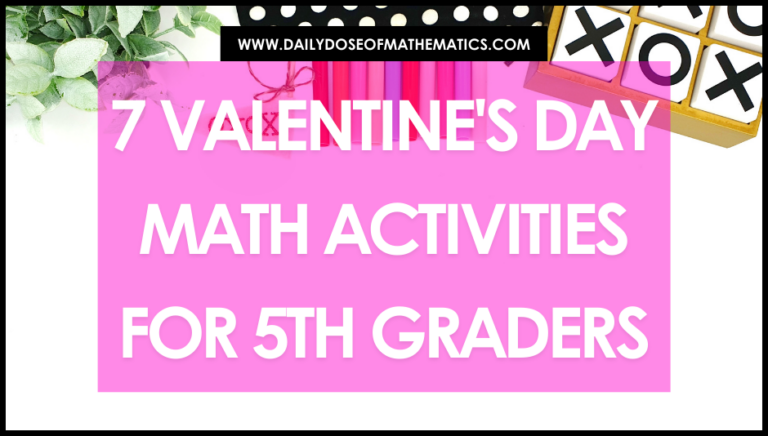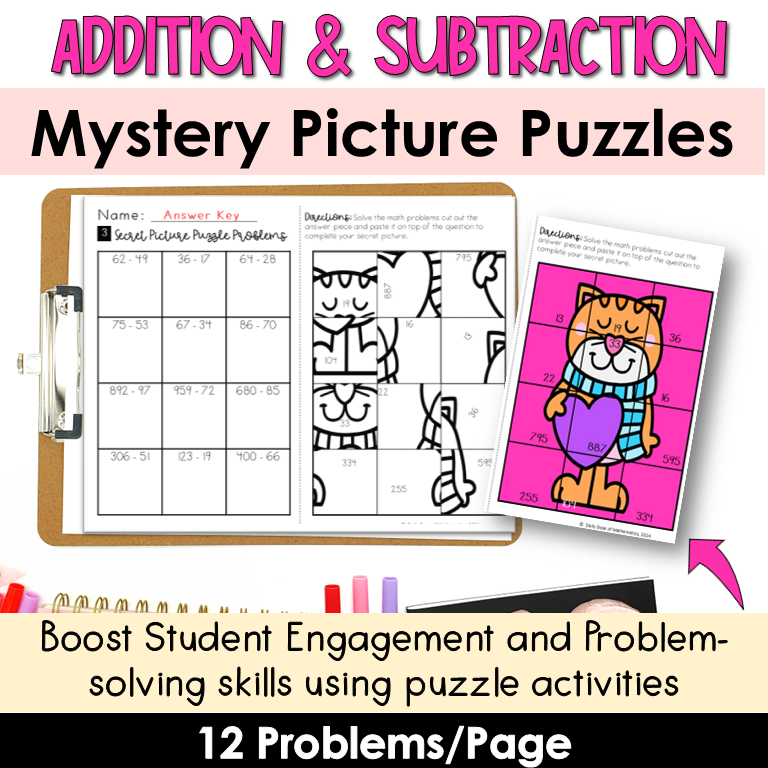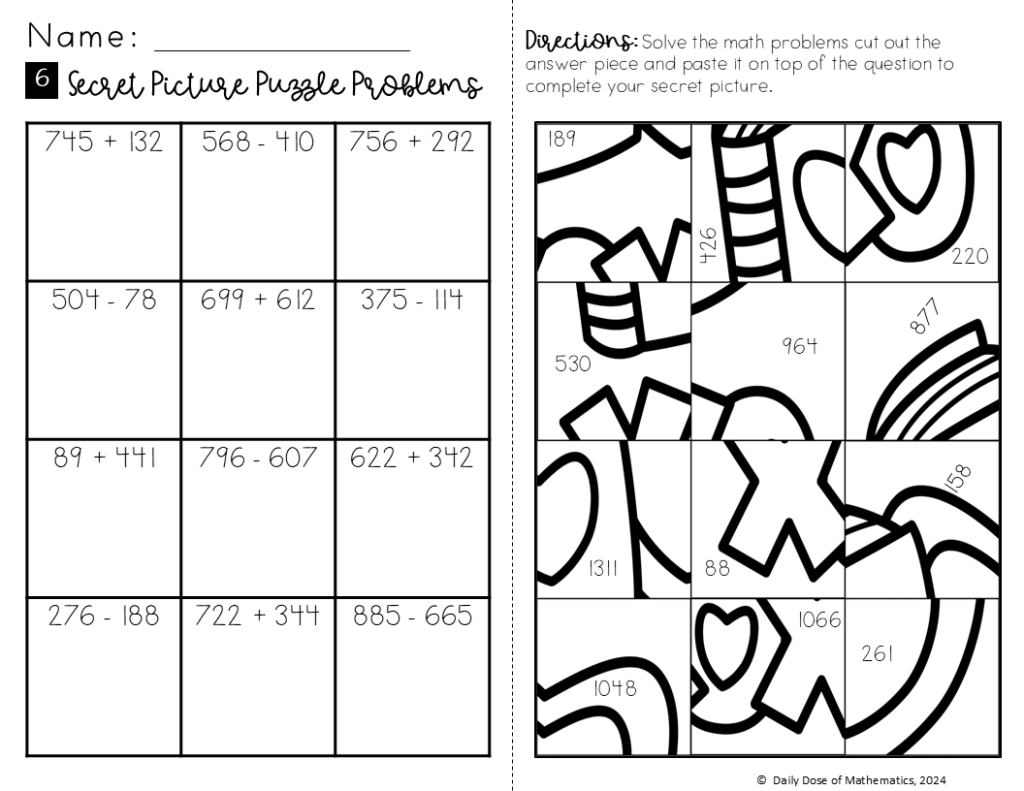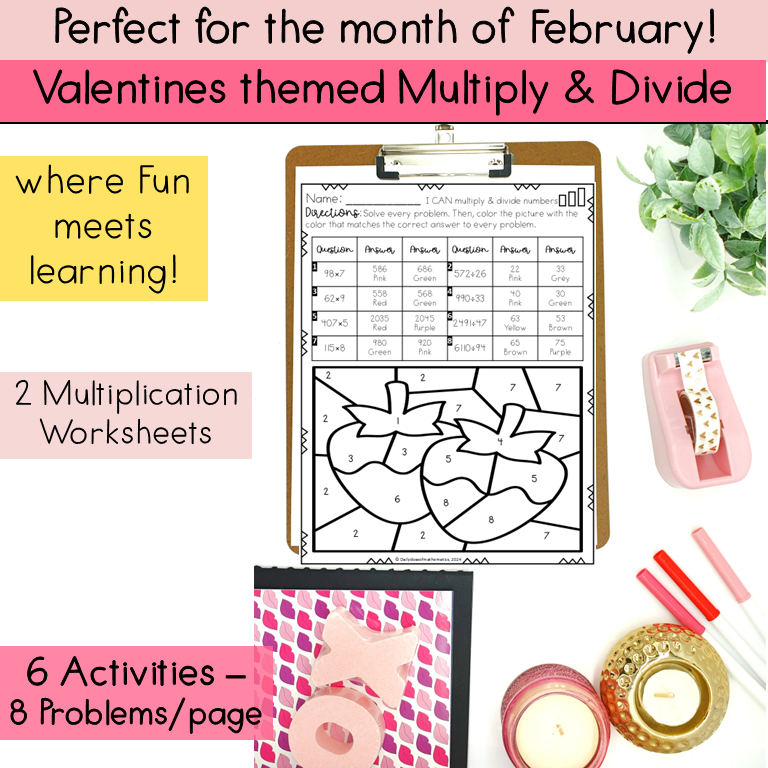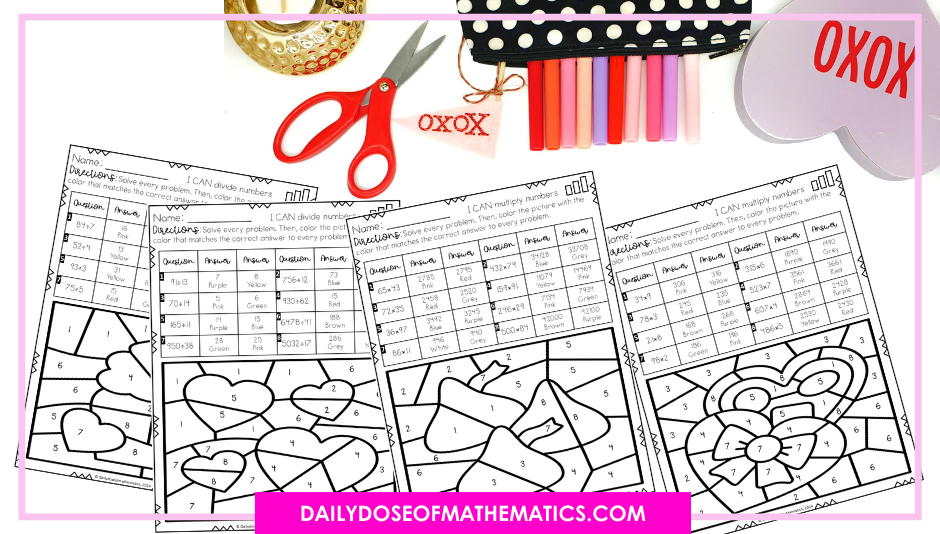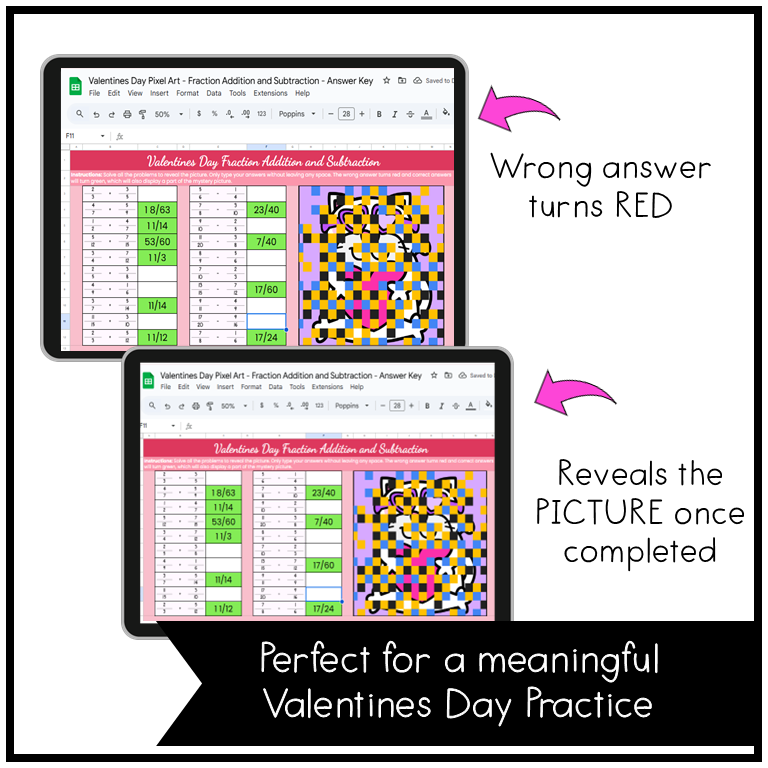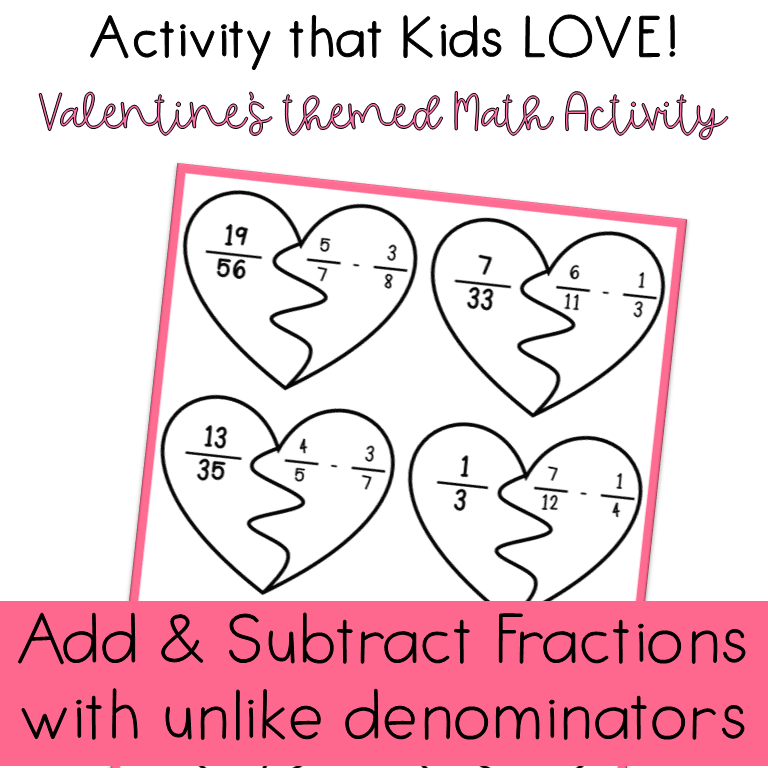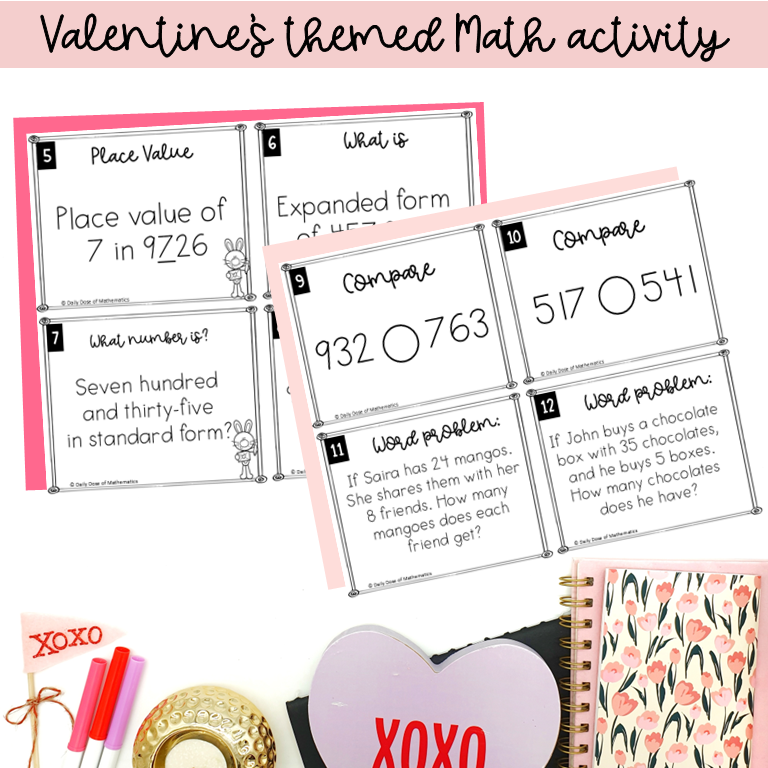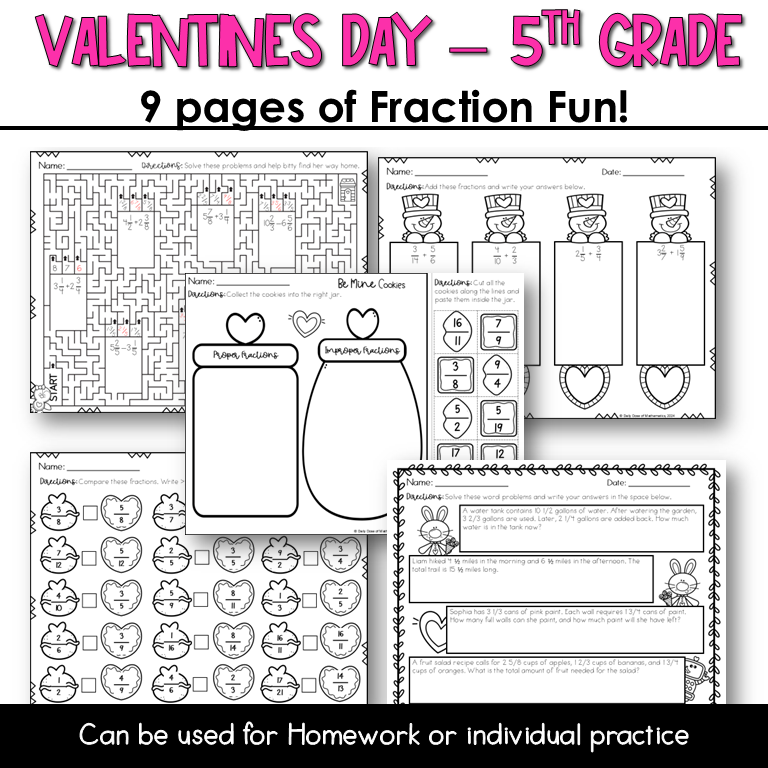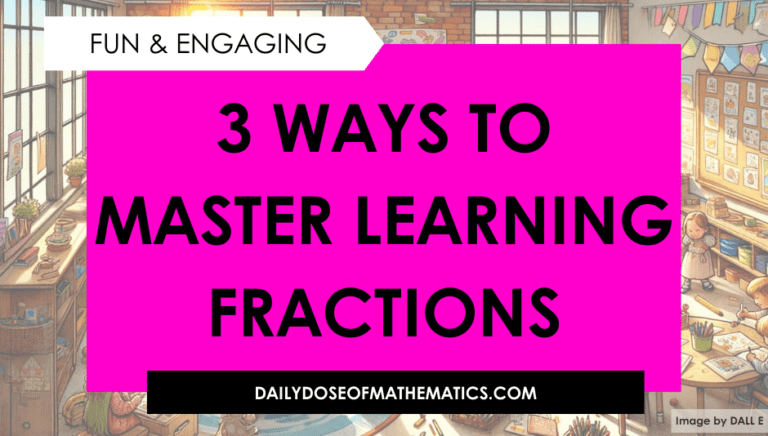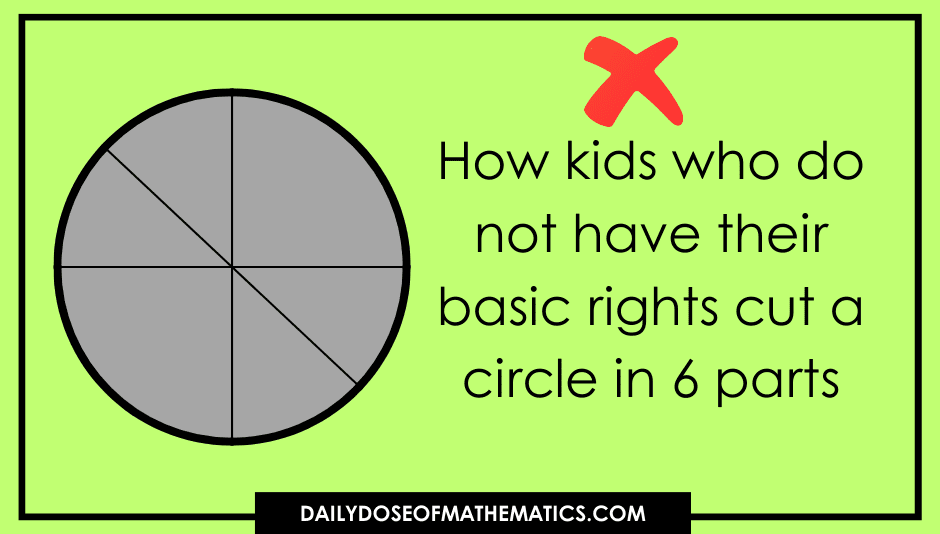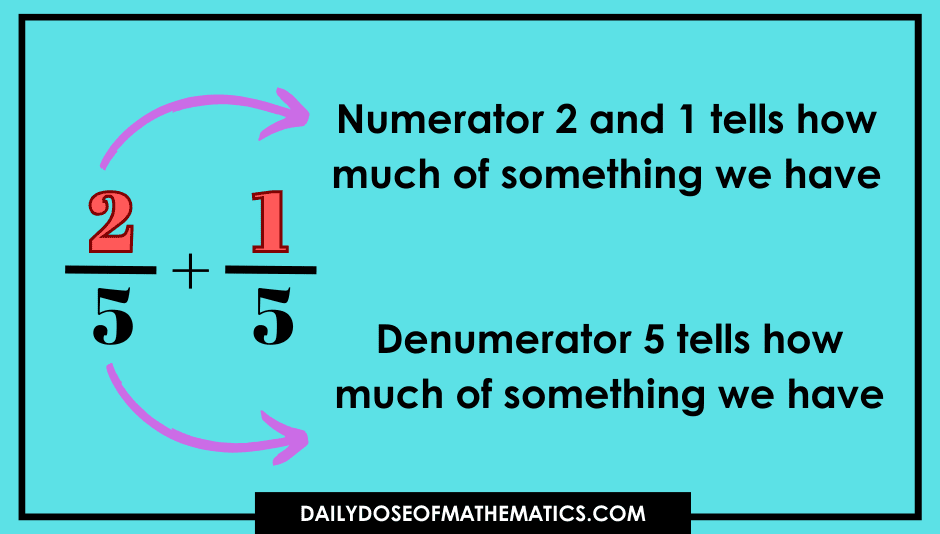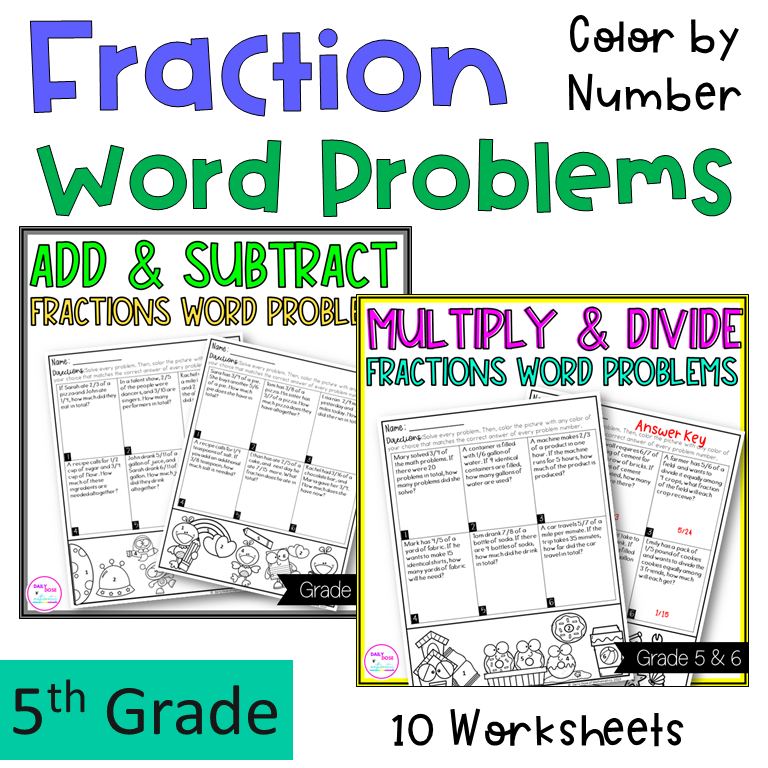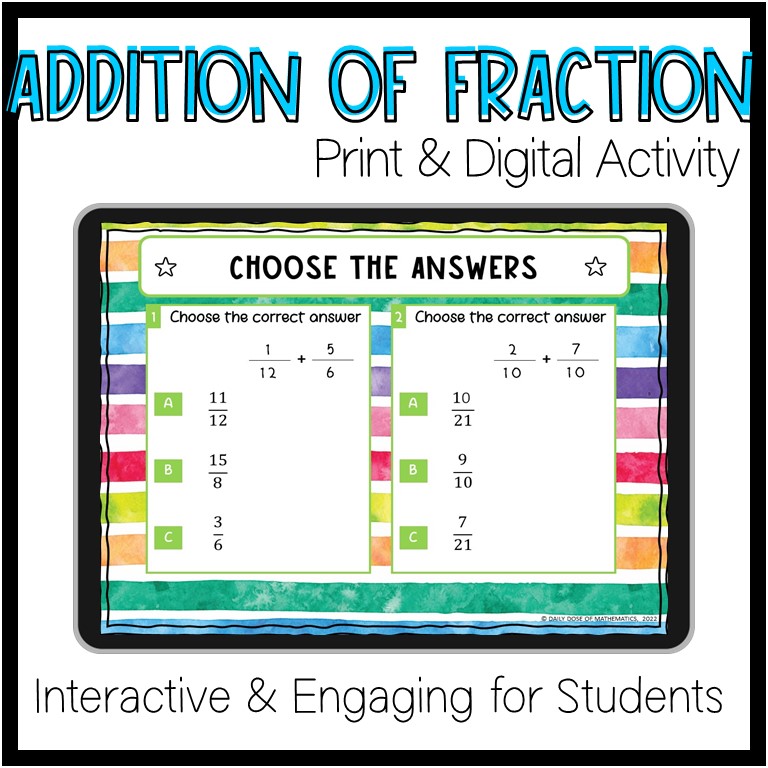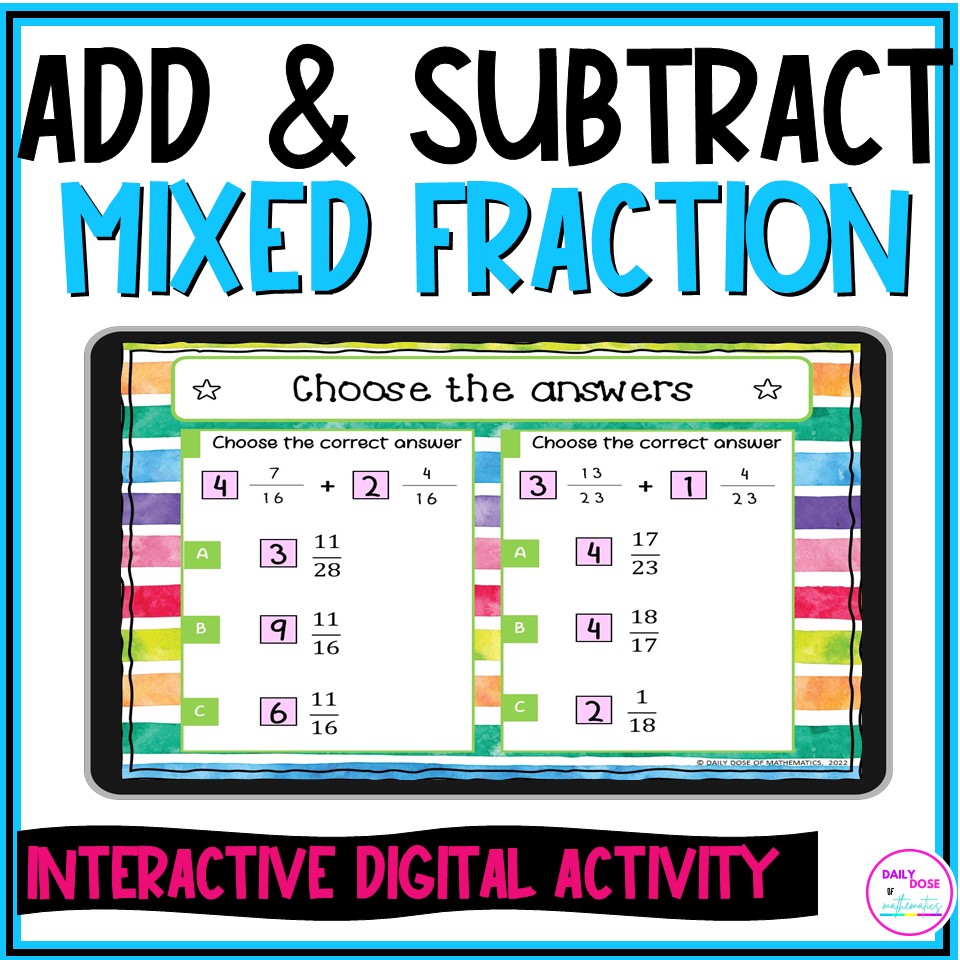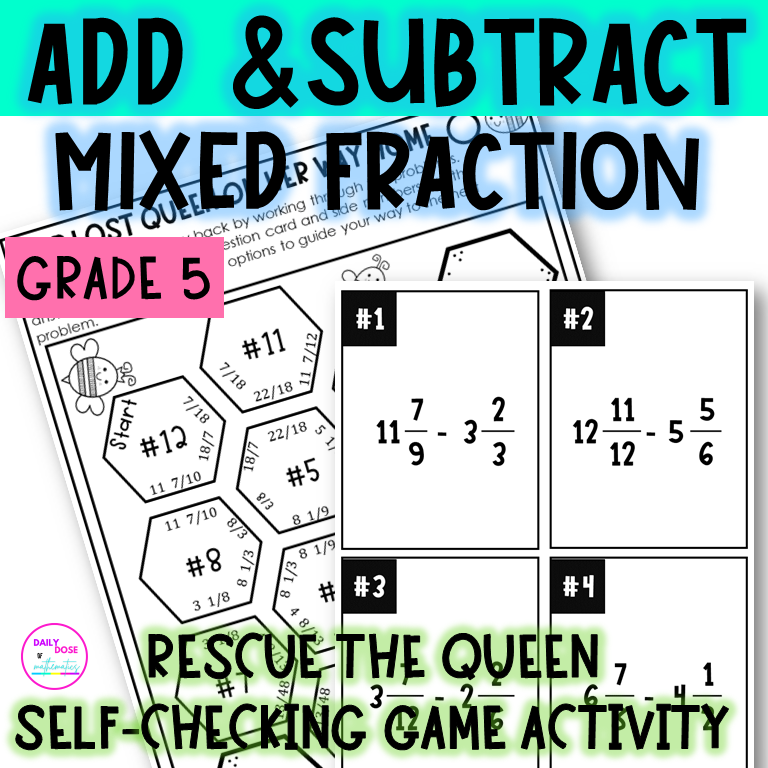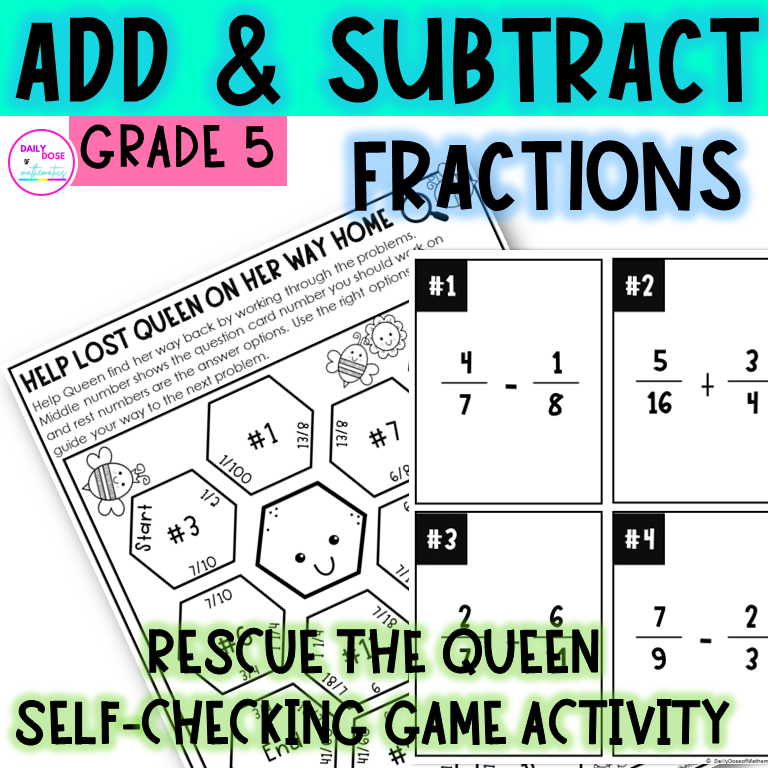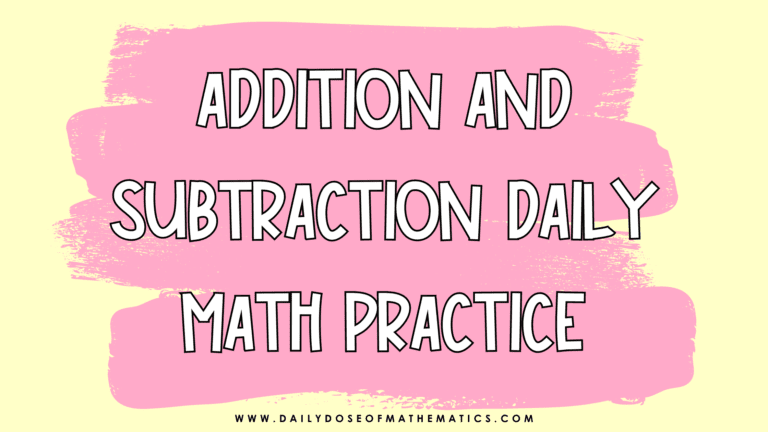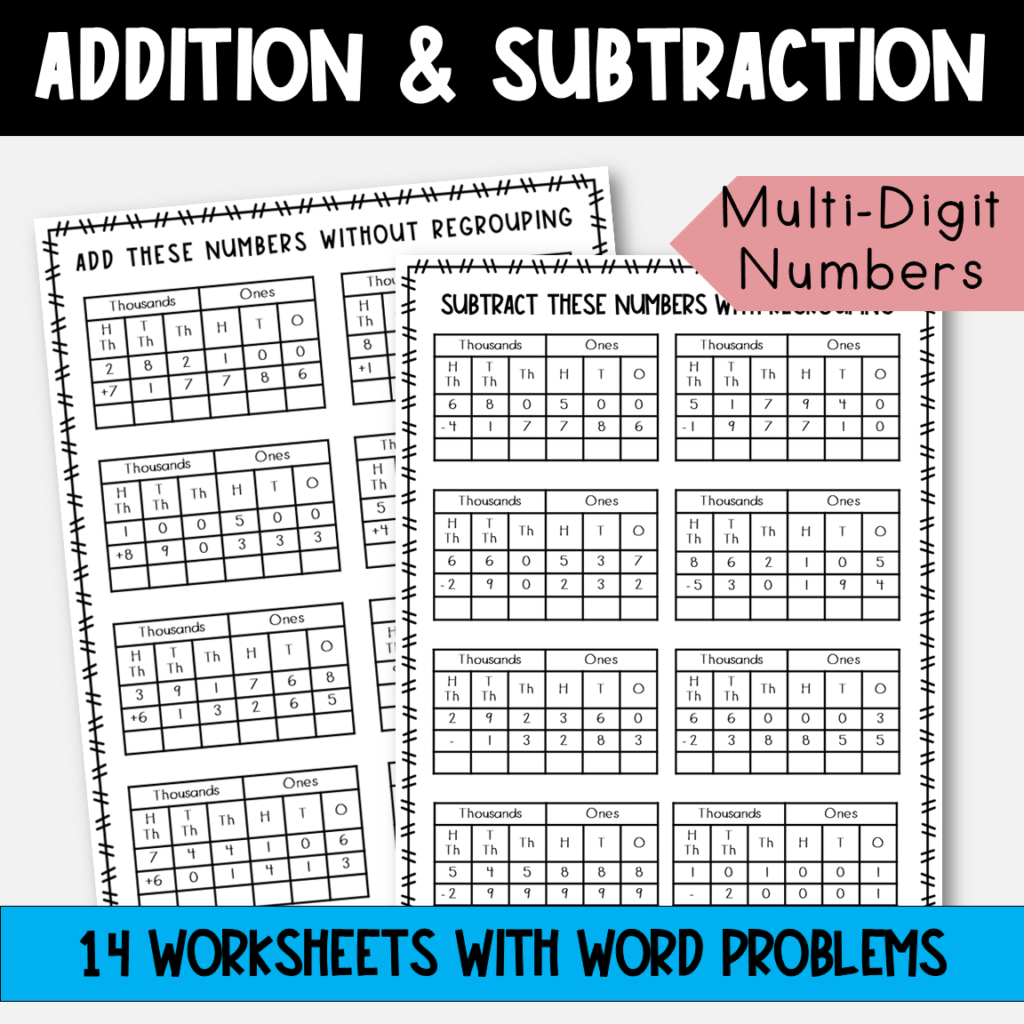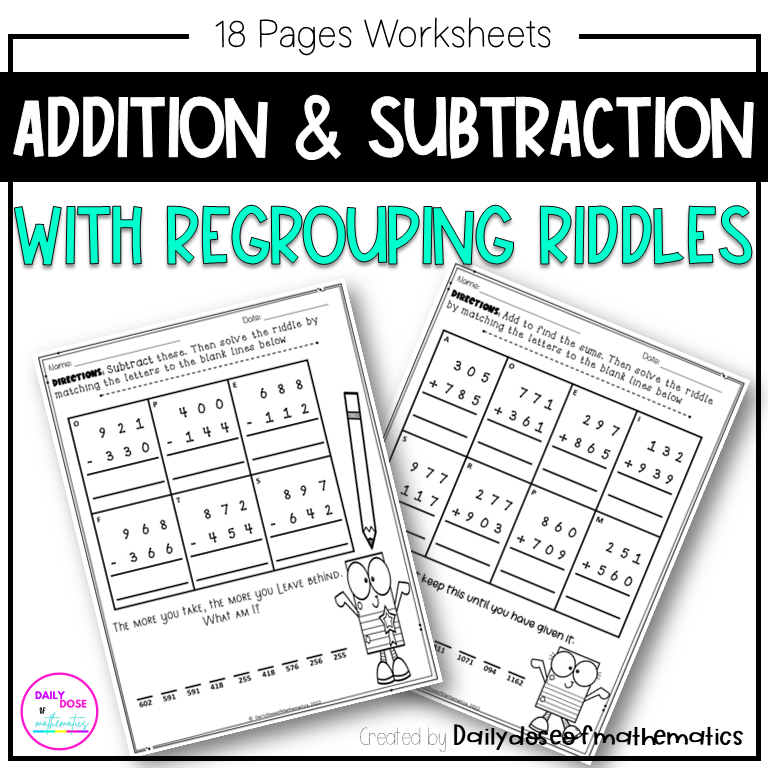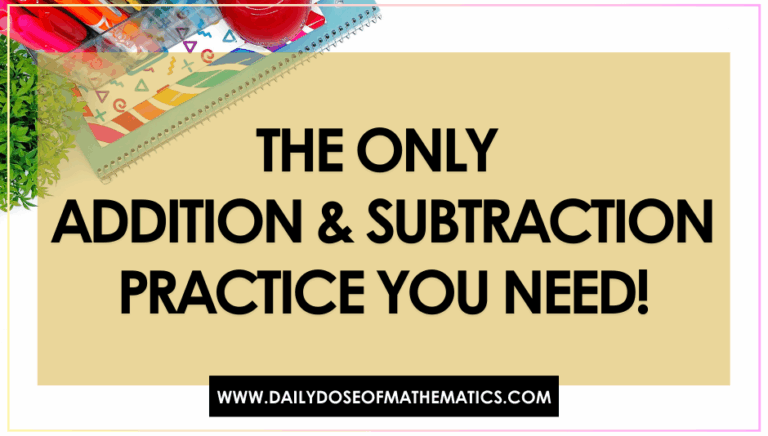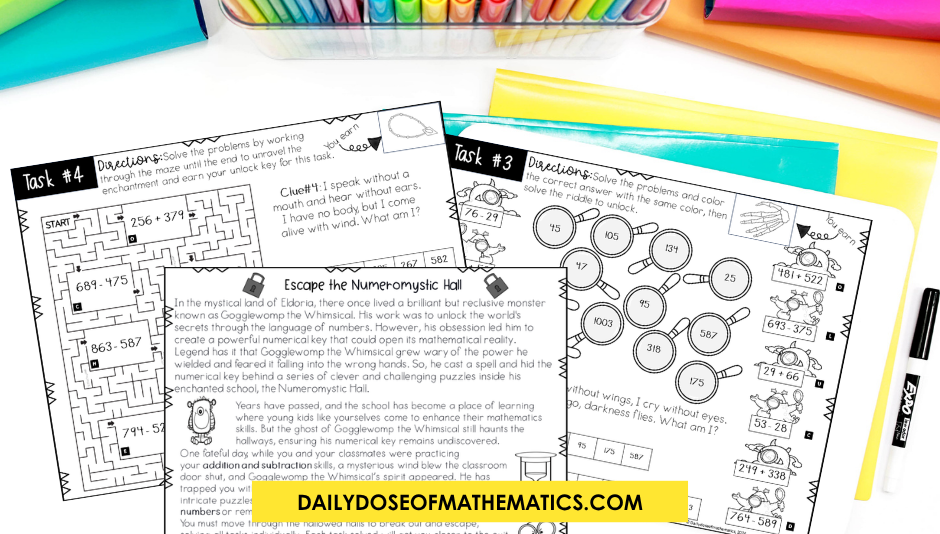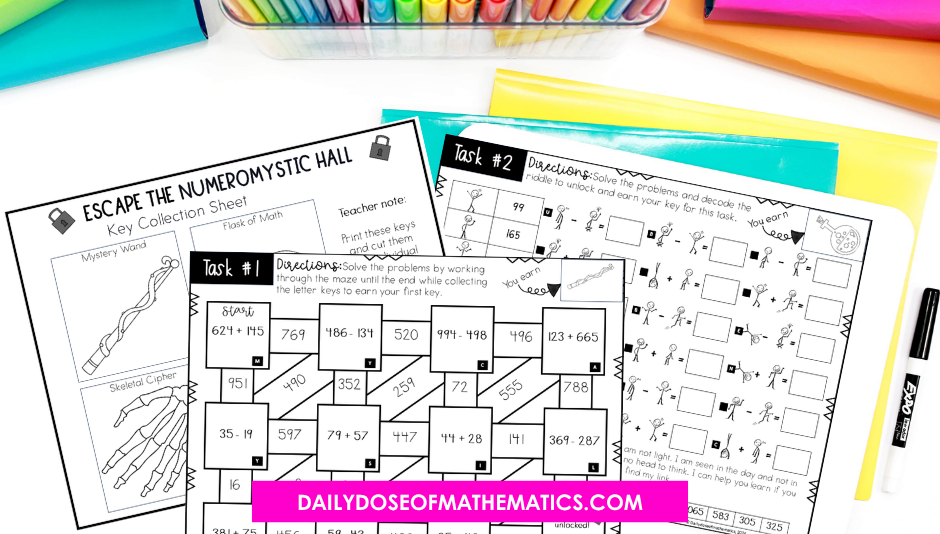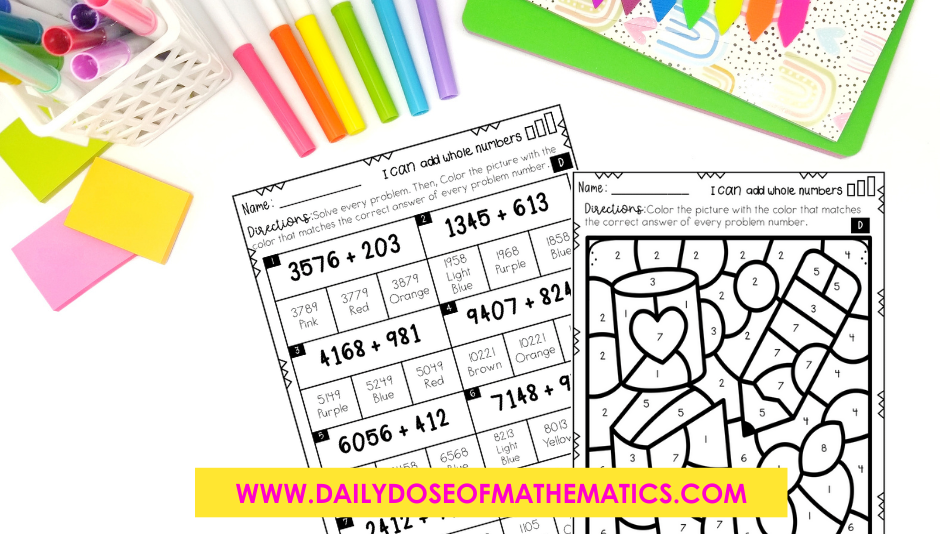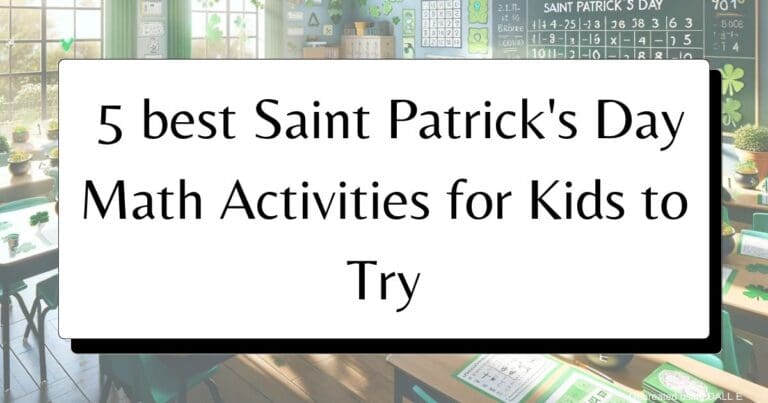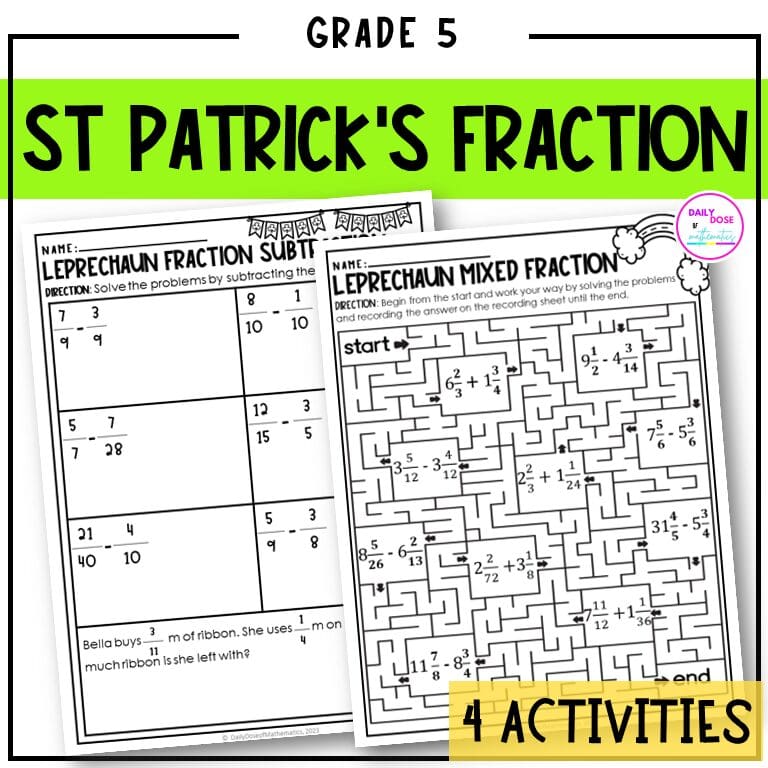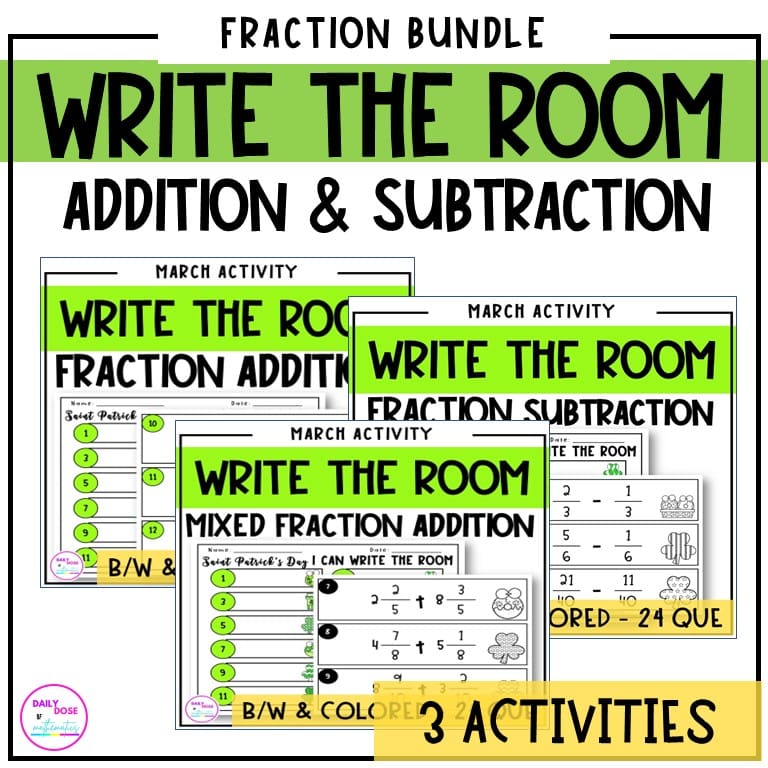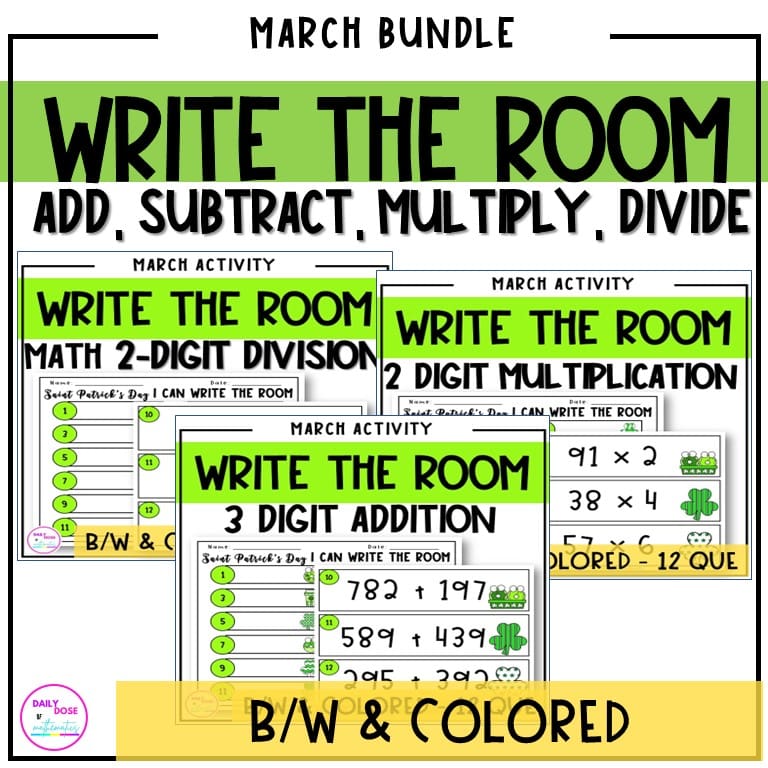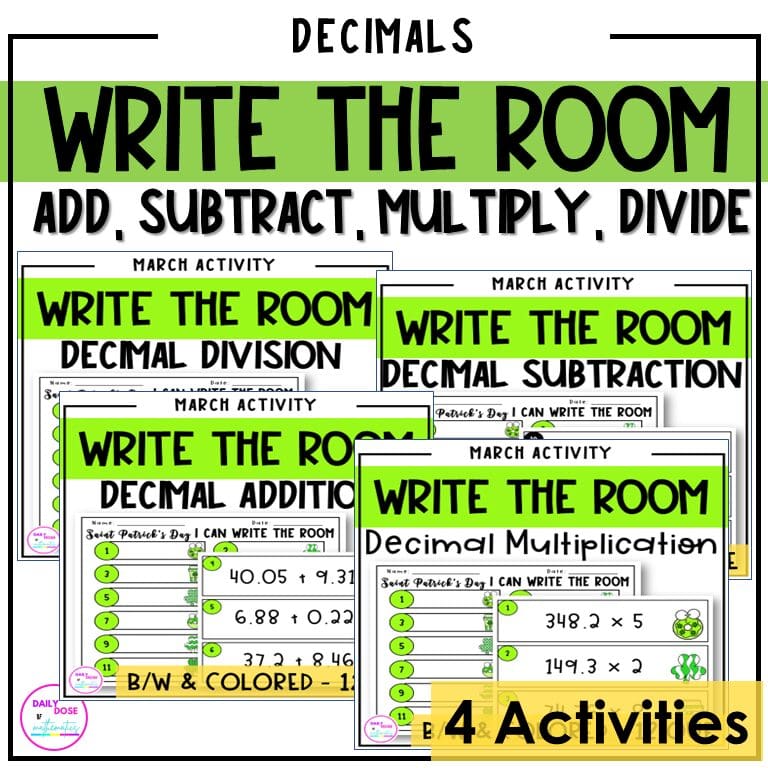How can teaching math be made easy and interesting for elementary students?
As a math teacher with various grade levels teaching experience, I know the struggle math teachers face in their day to day life. Your days are undoubtedly filled with various responsibilities, from strategizing your lessons and managing your classroom to caring for your families. Finding the time and energy to create engaging and effective teaching environments and lessons can be challenging!
This is why I have created this blog post to help teachers like you with the tools and resources you need in order to ensure your students master math while you have more time for yourself and your loved ones.
Why should you help your students in learning maths?
As teachers, I know your first priority is to help your kids master the subject with ease. This is the mere reason why I am excited to share all my valuable findings with you.
All math teaching strategies to help you make an impact on students learning and foster independent problem solving and critical thinking in your students.
By implementing these strategies effectively, you can inspire a love for math and develop confidence in their abilities, which is what we all strive for as educators.
How should you think about these math learning abilities in kids:
Learning to solve math is very important for our kids’ everyday lives and a country’s growth. All those students that are good at math perform better in STEM fields which are very important in this information and technology driven digital era.
This is why it is important for schools to help kids develop their mathematical abilities. In recent studies, experts have found that one of the reasons our young learners do not perform well in maths is because math teachers simply don’t have enough knowledge of their subject.
This could be a direct result of the old-fashioned teaching methods still used in schools.
One way to fix this problem is by developing your student’s metacognitive skills. This helps them better equip themselves to solve their own problems not only in maths but in life.
How to implement this in your teaching practices:
Helping your students develop their metacognitive skills is a tedious task. But being a class facilitator to goal during your teaching would be to help them develop their own thinking for every problem that they encounter.
Let’s say your students are working through an area and perimeter of composite figures of project. They can check their understanding of the project by calculating what’s required for the task at hand. Now for every problem that they come across during practicing they should be able to plan it out and then check if the plan works. This type of thinking helps them develop the cognitive skills required to solve complex math problems.
The more your students are able to reflect, plan, and evaluate the math problem at hand the better their understanding gets with time. This is why I like to use math projects riddles and mysteries with my students during my class.
Strategies to help your kids learn math in an interesting way:
Here are some math teaching strategies to help kids learn math faster and more easily:
1. Make it Relevant:
It is a powerful strategy in math education that aims to give students some real world experience in their math learning. Through this strategy the educator aims to bridge gap between abstract concepts and real scenarios application, which deepens the students understanding.
Elementary students are in the age group where they are naturally curious about their environment, so connecting math to their everyday lives captivates their interest and sparks more motivation in them.
In traditional math teaching, students are made to memorize the concept and formulas without any practical understanding. This approach keeps them wondering about the purpose of their math learning beyond the classroom. However, by making math relevant to their environment and everyday life, teacher’s have the opportunity to show how math is an integrated part of our everyday life, from simple to complex discoveries.
Ways to implement:
One way to implement this is using math problems such as calculating discounts during shopping or measuring ingredients during cooking so students can immediately see the practical usage of their abilities.
Such hands on experience solidifies your kid’s understanding of math concepts and boosts their confidence. You can even integrate math with other subjects showing its interconnection with other disciplines.
For example in science students can use mathematical formulas to understand the laws of motion, or in arts, they explore geometrical shapes and symmetry. This type of understanding nurtures a holistic approach to their learning.
In conclusion, this strategy is an essential pillar in math education. It ignites curiosity, foster engagement, and equips learners with the skills they need to tackle real-world challenges with confidence and proficiency.
As students recognize the practical relevance of math, they are more likely to approach the subject with enthusiasm and become lifelong learners and problem-solvers.
2. Hands on learning:
This strategy involves using physical objects, manipulatives and interactive activities to teach math concepts. Students interact, measure and manipulate the objects to understand abstract ideas more concretely. For instance, using counting blocks to illustrate addition and subtraction or using shapes to teach geometry. This approach caters to different learning styles, making math more accessible and enjoyable.
3. Problem-Solving Approach:
The problem-solving approach nurtures students’ critical thinking and analytical skills. Instead of relying on rote memorization, kids are presented with real-world problems that require applying mathematical concepts to find solutions. So if we can encourage them to reason through problems and instill a deeper understanding of math, this will equip them with valuable skills beyond the classroom.
4. Games and Puzzles:
Honestly, math games and puzzles make learning math enjoyable and engaging. For my kids, these create a fun learning environment where students can practice math concepts while having fun.
Games can range from board games that reinforce basic arithmetic to online math challenges that promote strategic thinking. What is most interesting to see is the element of competition between peers. It motivates students to actively participate and reinforce their learning.
5. Personalized Learning:
This strategy focuses that students have different learning paces and needs. As teachers we must adapt to cater to individual needs, offering extra support or advanced challenges based on each student’s abilities. This approach builds a positive learning experience, boosts confidence, and helps students reach their full potential.
6. Visual Representations:
Visual representations use graphs, charts, diagrams, and drawings to illustrate math concepts. It enhances comprehension and memory retention, especially for complex topics. Visualizing information helps students make connections between abstract ideas and concrete examples.
7. Real-life Problem-solving:
Connecting math to real-life situations makes the subject more meaningful and relevant to students. By presenting math as a tool to solve practical problems, such as budgeting, measurements for a classroom project, or understanding patterns in nature, students can see its importance in their daily lives and future careers.
8. Positive Reinforcement:
Positive reinforcement involves praising and acknowledging students’ efforts and achievements. Recognizing their progress and hard work promotes a positive attitude toward math. Positive reinforcement builds confidence and motivates students to continue learning and exploring math concepts.
9. Peer Learning:
Peer learning encourages students to work collaboratively, discuss concepts, and solve problems. This explaining math to peers helps to reinforce understanding and different perspectives which gives new insights. This cooperative learning environment motivates them to develop effective communication skills and teamwork, both of which are valuable in and beyond math class.
Educators can create a supportive and stimulating learning environment by incorporating these strategies into math teaching, helping students learn math more effectively and enjoyably. Each strategy complements the others, contributing to a comprehensive and well-rounded math education for young learners.
Join in to get special FREEBIES and Insider’s FUN!


